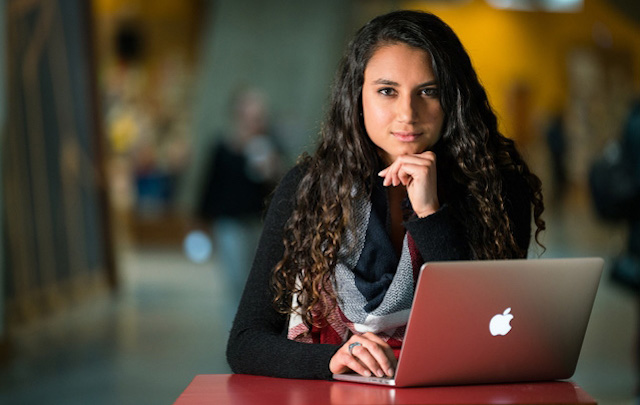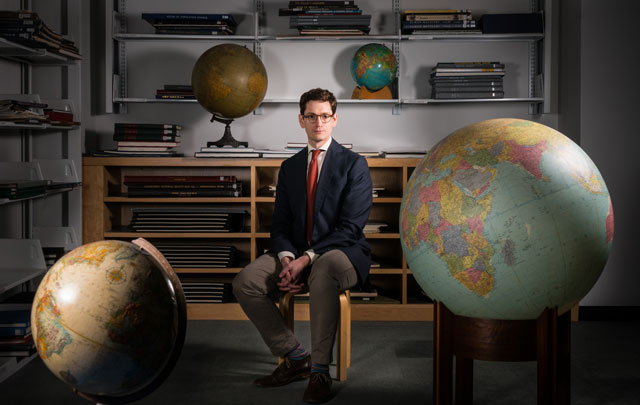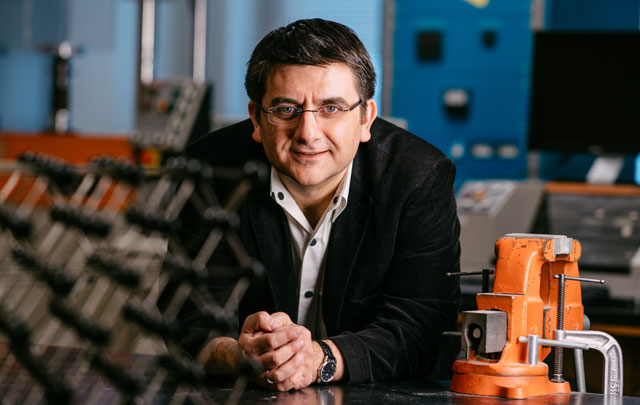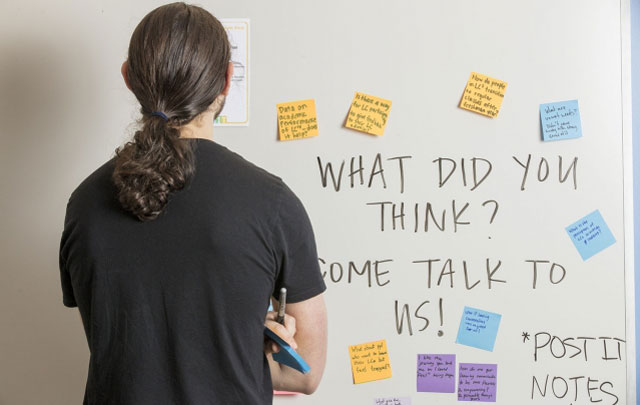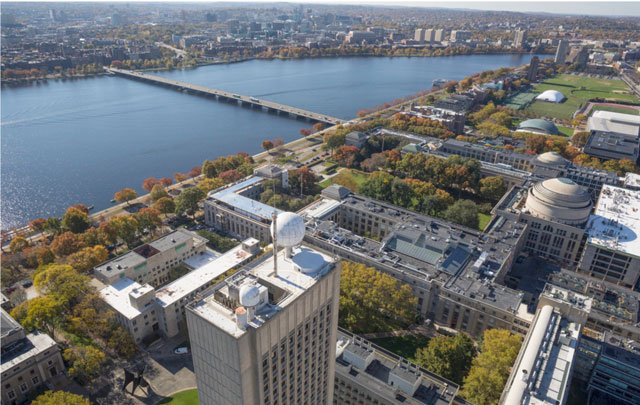Dear members of the MIT community,
Our graduation ceremony on Killian Court is the best reminder of what makes MIT special. It is a declaration of another successful outcome in what we care about the most, and what we do best: educating the finest engineers in the world. MIT undergraduates dive deep freshman year and emerge four years later on their own seat on Killian.
Our new batch of graduates will have a profound impact on the world when they leave. They will do so because of their intelligence and their love for problem solving — and because of their shared drive to bring knowledge to bear on the world’s great challenges.
Last month in this space, I asked: “Which MIT course has proven most useful to you?” Alumni embraced this question with more than 100 detailed responses. Many connected MIT classroom experiences to a remarkable range of innovations and careers that have served the nation and world. Many said MIT taught you to think better, to take risks, to challenge ideas. Others wrote gratefully about individual faculty members who had changed the course of their lives as students.
In this month’s spotlight profile, Annamarie Bair, who graduated Friday, makes similar observations: “MIT made me realize that real learning is about more than technical problems,” she says. “The impact of this place comes with the conversations and experiences and knowing so many people who are doing interesting things. You get this feeling of cutting-edge stuff going on here. It changes you.”
Our classroom article focuses on a close-knit group of students in 3.042, the “Materials Project Laboratory,” a capstone design course in materials science and engineering with an inspiring level of creativity and camaraderie. And R. Scott Kemp, an associate professor of nuclear science and engineering, describes the technical factors involved in detecting clandestine nuclear sites.
Thank you for reading The Infinite this academic year. I look forward to our continued engagement and leave you with a question inspired by faculty approval of a new undergraduate major that combines urban planning and computer science, “If you could propose a new major at MIT, what would it be?”
Sincerely,


